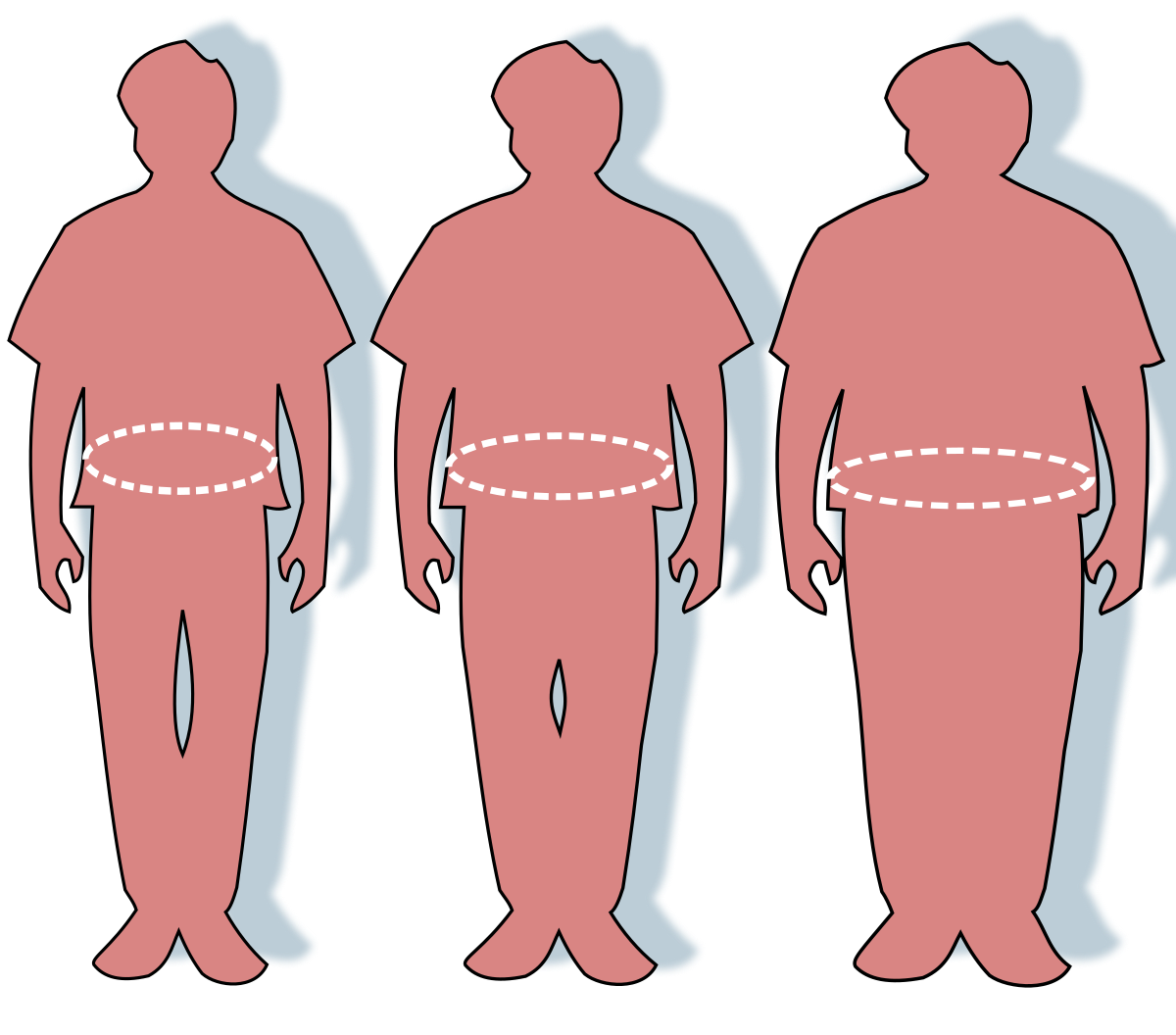
Surgery linked to improved mobility and less walking pain
Surgery linked to improved mobility and less walking pain

Among the teens, 161 had Roux-en-Y gastric bypass, 67 had gastrectomy and 14 had laparoscopic adjustable gastric band.
Bariatric surgery was associated with faster walking by teens, less walking-related musculoskeletal pain and lower heart rates as soon as six months following surgery and as long as two years after surgery, according to a study published online by JAMA Pediatrics. Dr Justin R Ryder of the University of Minnesota Medical School, Minneapolis, and co-authors examined the effect of bariatric surgery on functional mobility and musculoskeletal pain in adolescents enrolled in the Teen-Longitudinal Assessment of Bariatric Surgery (Teen-LABS) study up to two years after surgery.
The study, ‘Changes in Functional Mobility and Musculoskeletal Pain After Bariatric Surgery in Teens With Severe Obesity – Teen–Longitudinal Assessment of Bariatric Surgery (LABS) Study,’ examined the association of bariatric surgery with functional mobility and musculoskeletal pain in adolescents with severe obesity up to 2 years after surgery.
The study enrolled 242 teens (19 years old or younger), who had bariatric surgery from 2007 to 2012, at five US adolescent bariatric surgery centres. Among the teens, 161 had Roux-en-Y gastric bypass, 67 had gastrectomy and 14 had laparoscopic adjustable gastric band.
Participants (n=206) completed a 400-meter walk test (about a quarter of a mile) prior to surgery and at six months (n=195), 12 months (n=176) and 24 months (n=149) after surgery. Outcomes measured were the time it took to complete the walk, resting heart rate (HR), posttest HR, and the difference of the resting and posttest HRs. Musculoskeletal pain during and after the walking test also was documented.
Of the 206 participants, the majority (n=156) were female, the average age was 17 and the average BMI51.7. Participants completed a 400-m walk test prior to bariatric surgery (n = 206) and at 6 months (n = 195), 12 months (n = 176), and 24 months (n = 149) after surgery.
Time to completion, resting heart rate (HR), immediate post-test HR, and HR difference (resting HR minus post-test HR) were measured and musculoskeletal pain concerns, during and after the test, were documented. Data were adjusted for age, sex, race/ethnicity, baseline body mass index (calculated as weight in kilograms divided by height in meters squared), and surgical centre (post-test HR and HR difference were further adjusted for changes in time to completion).
At six months after surgery compared with before surgery, the time to complete the walk improved from an average of 376 seconds (about 6.3 minutes) to 347 seconds (about 5.8 minutes), resting HR improved from an average of 84 beats per minute (bpm) to 74 bpm and post-est HR declined from an average of 128 bpm to 113 bpm; and the HR difference went from an average of 40 bpm to 34 bpm, according to the results.
Changes in time to complete the walk, resting HR and HR differences persisted at one and two years after surgery. There were statistically significant reductions in musculoskeletal pain concerns at all points.
The authors acknowledged that limitations of the study included the lack of a group of adolescents who did not have bariatric surgery to serve as a control group for comparison.
“Whether these positive changes in functional mobility and musculoskeletal pain persist over the long-term and lead to further improvements in cardiometabolic risk requires evaluation,” the authors conclude.

